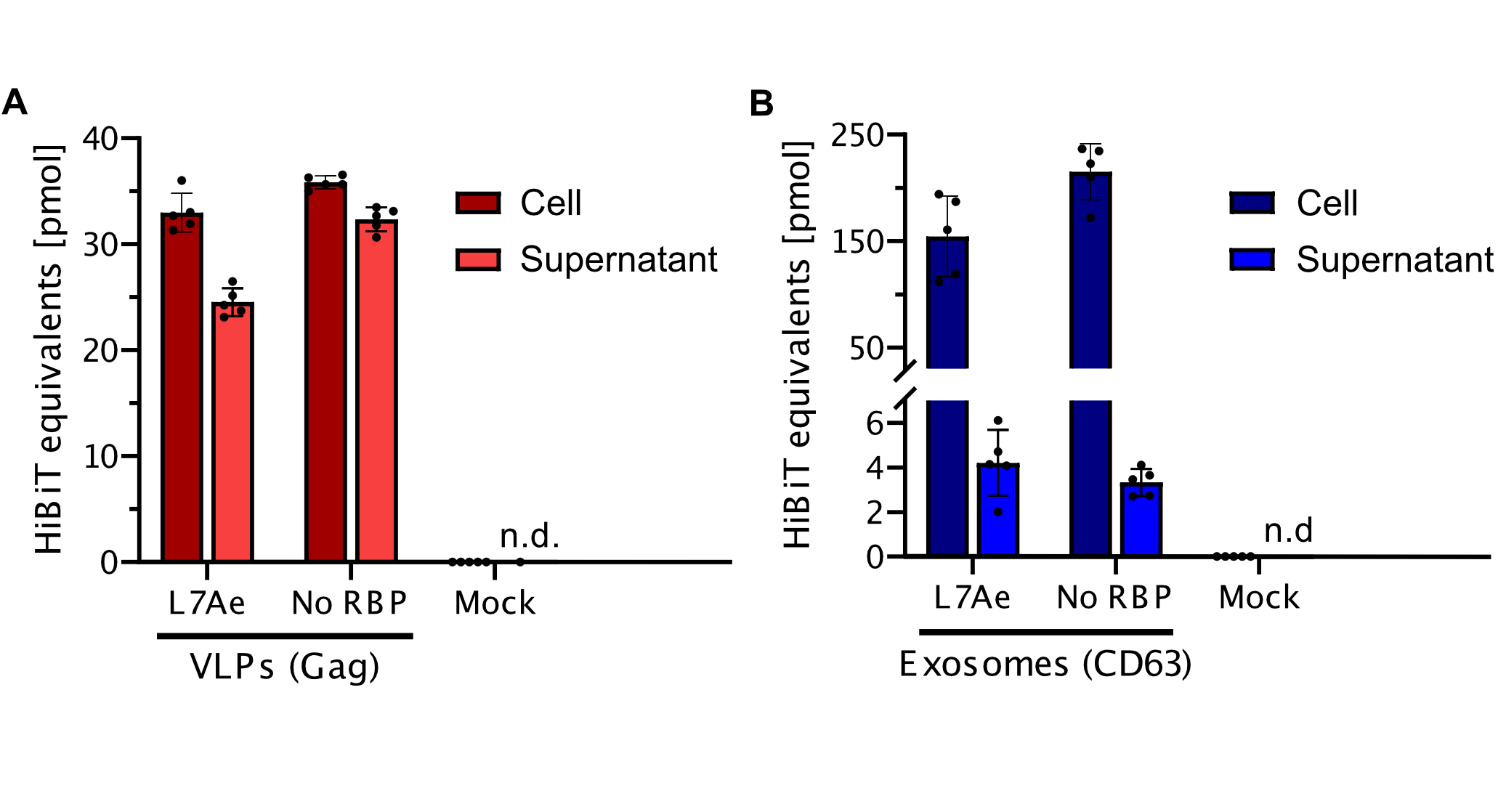Difference between revisions of "Part:BBa K3113050"
| (11 intermediate revisions by 2 users not shown) | |||
| Line 8: | Line 8: | ||
<h2>Usage and Biology</h2> | <h2>Usage and Biology</h2> | ||
| − | The CD63-including superfamily of tetraspanins are cell surface associated membrane proteins | + | The CD63-including superfamily of tetraspanins are cell surface-associated membrane proteins, composed of four alpha-helical transmembrane domains with two extracellular loops. CD63 was the first characterized tetraspanin. It is abundantly represented in late endosomes and lysosomes, as well as exosomes. The gene, coding for CD63, is located on the human chromosome 12q13. Although the intracellular function of CD63 remains to be elucidated, a number of studies performed in different cell types implicate a role for CD63 in intracellular transport of other proteins.<ref>Trafficking and function of the tetraspanin CD63 |
Cell Microscopy Center, Department of Cell Biology and Institute of Biomembranes, University Medical Center Utrecht, Heidelberglaan 100, 3584CX Utrecht, The Netherlands | Cell Microscopy Center, Department of Cell Biology and Institute of Biomembranes, University Medical Center Utrecht, Heidelberglaan 100, 3584CX Utrecht, The Netherlands | ||
Received 16 September 2008, Accepted 23 September 2008, Available online 7 October 2008.</ref> | Received 16 September 2008, Accepted 23 September 2008, Available online 7 October 2008.</ref> | ||
| Line 16: | Line 16: | ||
<h3>HiBiT Export</h3> | <h3>HiBiT Export</h3> | ||
| − | We can successfully secrete CD63-containing exosomes from HEK293T cells 48h after transfection as shown in | + | We can successfully secrete CD63-containing exosomes from HEK293T cells 48h after transfection as shown in Fig. 1B. Engineered exosomes containing the adapter L7Ae were expressed in approximatelly 150 pmol HiBiT-equivalents (Fig. 1B). Gag VLPs containing L7Ae adapter show expression in approximatelly 35 pmol HiBiT equivalents (Fig. 1A). Most importantly, the secretion efficiency of loaded exosomes is notably higher compared to control samples lacking the engineered CD63-construct and even twice as high as the secretion efficiency of empty exosomes lacking the RNA-binding protein (RBP). |
<html> | <html> | ||
<figure class="figure"> | <figure class="figure"> | ||
| − | <img src="" width=" | + | <img src="https://2019.igem.org/wiki/images/e/ec/T--Munich--Secretionefficiency_2.png" width="75%" class="figure-img img-fluid rounded" alt="Secretion efficiency of exosome vesicles calculated from HiBiT-measurements."> |
<figcaption class="figure-caption"><b> | <figcaption class="figure-caption"><b> | ||
| − | Figure 1: Secretion efficiency of exosomes calculated from HiBiT-measurements.</b> Loaded vesicles containing the adapter L7Ae as well as empty exosomes lacking the RNA binding protein (RBP) were secreted from HEK293T cells with efficiencies of more than 100 pmol | + | Figure 1: Secretion efficiency of VLPs (A) and exosomes (B) calculated from HiBiT-measurements.</b> Loaded vesicles containing the adapter L7Ae as well as empty exosomes lacking the RNA binding protein (RBP) were secreted from HEK293T cells with efficiencies of more than 100 pmol HiBiT-equivalents. In contrast, lower expression is observed in case of VLPs. Control samples transfected with mock DNA did not show any secretion. Measurements were performed for n = 6 biological replicates in a 96-well format. |
</figcaption> | </figcaption> | ||
Latest revision as of 01:41, 22 October 2019
CD63
CD63 is a protein that belongs to the family of tetraspanins. It is a cell surface receptor for Timp-1 and plays a role in the activation of cellular signaling cascades. CD63 can be used to load RNA or proteins into extracellular vesicles.
Usage and Biology
The CD63-including superfamily of tetraspanins are cell surface-associated membrane proteins, composed of four alpha-helical transmembrane domains with two extracellular loops. CD63 was the first characterized tetraspanin. It is abundantly represented in late endosomes and lysosomes, as well as exosomes. The gene, coding for CD63, is located on the human chromosome 12q13. Although the intracellular function of CD63 remains to be elucidated, a number of studies performed in different cell types implicate a role for CD63 in intracellular transport of other proteins.[1]
Characterization
HiBiT Export
We can successfully secrete CD63-containing exosomes from HEK293T cells 48h after transfection as shown in Fig. 1B. Engineered exosomes containing the adapter L7Ae were expressed in approximatelly 150 pmol HiBiT-equivalents (Fig. 1B). Gag VLPs containing L7Ae adapter show expression in approximatelly 35 pmol HiBiT equivalents (Fig. 1A). Most importantly, the secretion efficiency of loaded exosomes is notably higher compared to control samples lacking the engineered CD63-construct and even twice as high as the secretion efficiency of empty exosomes lacking the RNA-binding protein (RBP).

Sequence and Features
- 10COMPATIBLE WITH RFC[10]
- 12COMPATIBLE WITH RFC[12]
- 21COMPATIBLE WITH RFC[21]
- 23COMPATIBLE WITH RFC[23]
- 25COMPATIBLE WITH RFC[25]
- 1000COMPATIBLE WITH RFC[1000]
References
- ↑ Trafficking and function of the tetraspanin CD63 Cell Microscopy Center, Department of Cell Biology and Institute of Biomembranes, University Medical Center Utrecht, Heidelberglaan 100, 3584CX Utrecht, The Netherlands Received 16 September 2008, Accepted 23 September 2008, Available online 7 October 2008.
